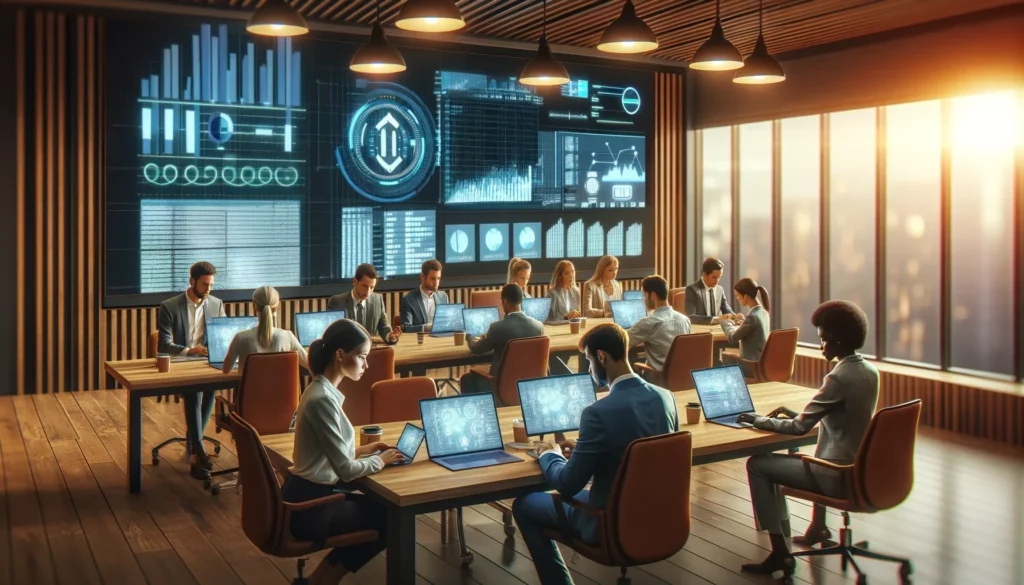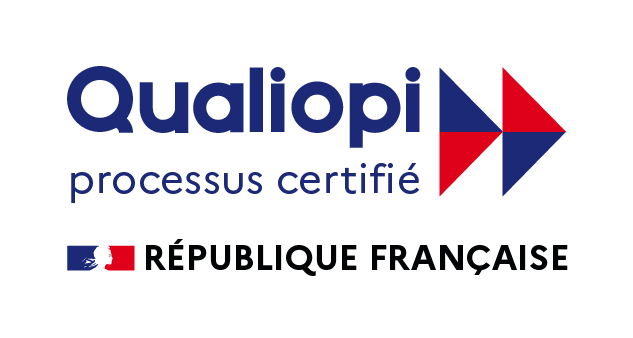In a world where artificial intelligence (AI) is becoming increasingly central to our working lives, understanding its impact on the human brain and the way we work is crucial. Neuroscience offers keys to deciphering this new paradigm, enabling HR managers to better prepare their employees to integrate AI, and GenAI in particular, into their daily lives.
FIRST OF ALL, WHAT IS ARTIFICIAL INTELLIGENCE?
Artificial Intelligence (AI) refers to systems or machines that simulate human intelligence to perform tasks and can improve based on information gathered, particularly data. AI typologies include weak AI, specialized in specific tasks, and strong AI, capable of performing human cognitive activities independently.Generative AI, a sub-category of AI, is distinguished by its ability to create new and original content, such as text, images or music, by learning from existing data sets.
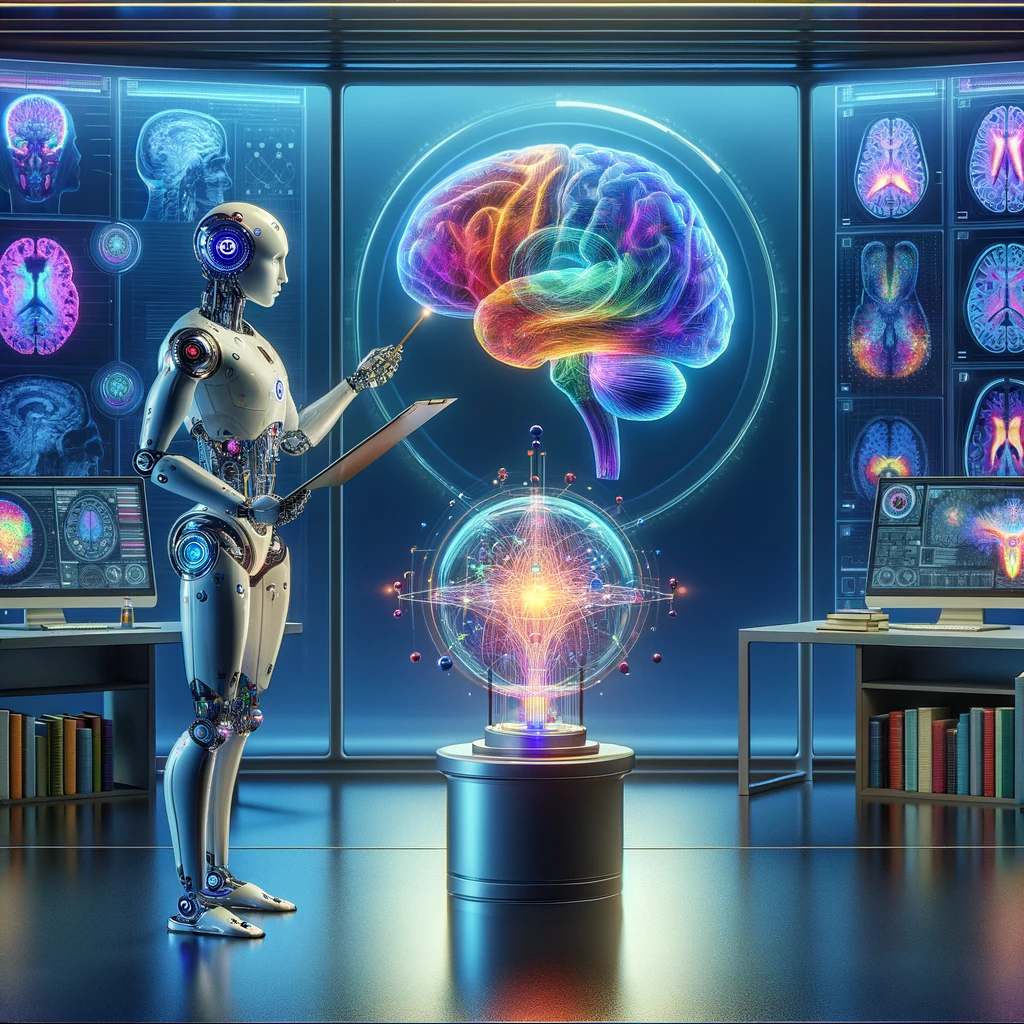
1. UNDERSTANDING IA AND LEARNING THROUGH NEUROSCIENCE
Incredible but true: many of the advances in AI have actually been made possible by a better understanding of the… human brain! Our brain is still by far the machine with the best energy/efficiency ratio.
And to take things a step further, cognitive neuroscience is revealing how the brain learns and adapts, offering clues for better integrating AI into our work processes. For example, research by Hawkins et al.¹ highlights the importance of neuroplasticity, suggesting training courses that stimulate active engagement for better information retention.
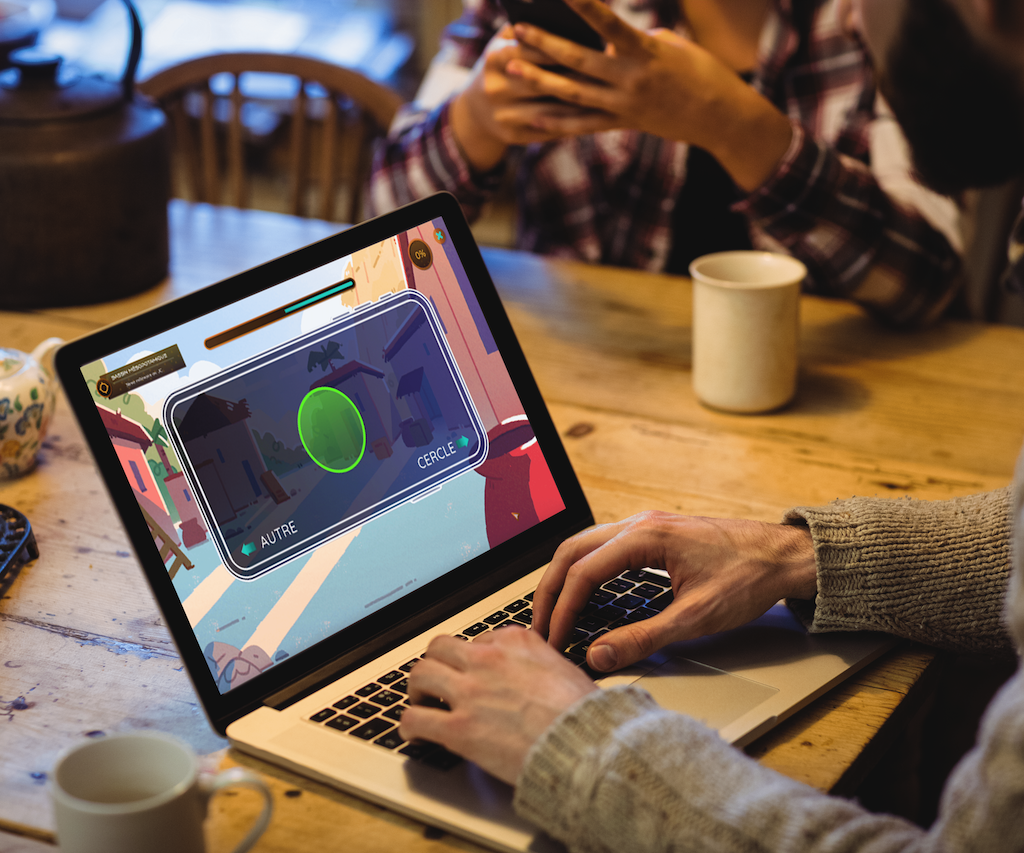
Actions for HRDs :
- Develop AI training courses incorporating simulations and serious games.
- Allocate budgets for the creation of interactive content and customized e-learning platforms.
2. A STRESS-FREE APPROACH TO HUMAN-MACHINE COLLABORATION
Faced with change on such a scale, your employees may feel overwhelmed by the innovations, or even out of their depth. So it’s important to find keys to support the very strong emotional factor that accompanies our current transitions (such as eco-anxiety, on climate issues, for example). And when it comes to AI, we now speak oftechnological anxiety.
Familiarization with AI systems can reduce technological anxiety and improve collaboration, as Patel & Smith² point out. This involvessupporting employees in discovering AI tools and their practical applications.
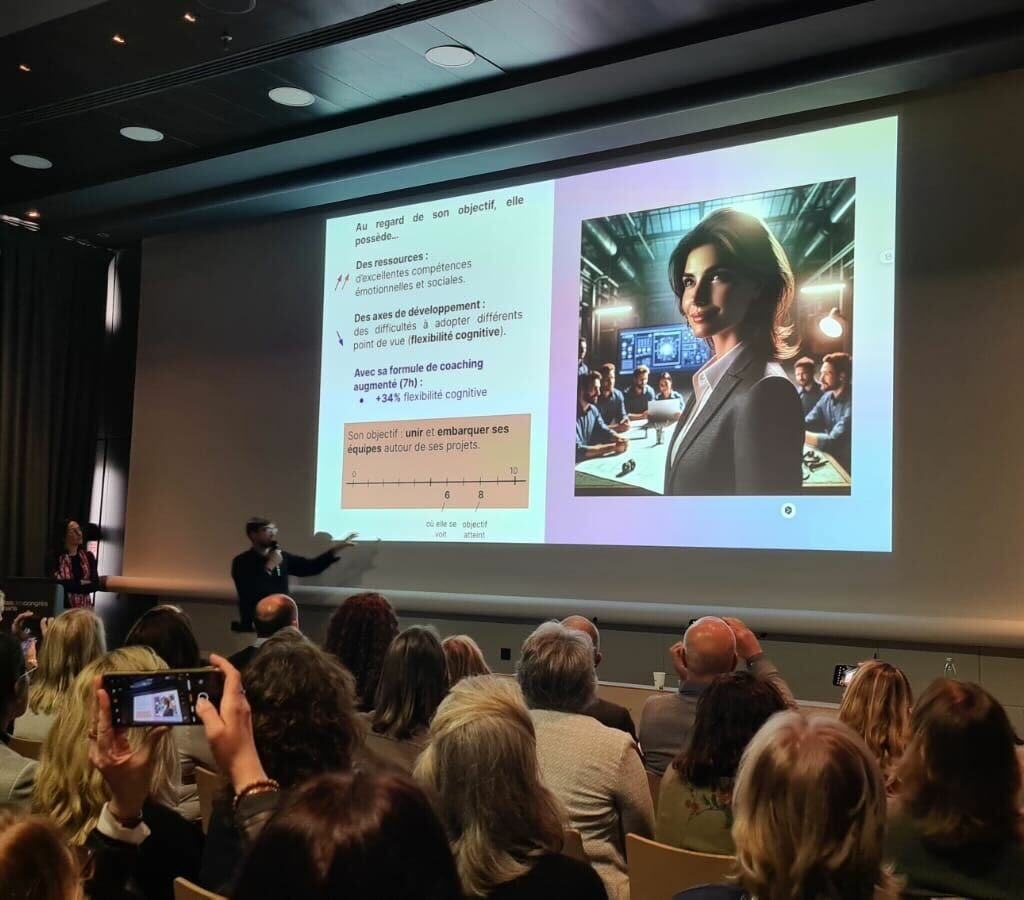
Actions for HRDs :
- Organize interactive workshops and AI demonstrations in the workplace. Rather than trying to raise awareness with concepts that are sometimes too vague.
- Invest in ongoing training and demonstration tools to familiarize employees with AI, in everyday contexts.
3. DEVELOP EMOTIONAL AND ADAPTIVE SKILLS
It’s one of the paradoxes of today’s world: the more we develop technology in everyday working life, the more we need… people! The World Economic Forum has identified that the skills of the future (Future of Work) are 90% soft skills, more aptly called human, transversal or behavioral skills.
Adaptability and emotional intelligence are essential in the AI era. Johnson³ highlights the positive impact of emotional awareness training on transformational leadership.
Actions for HRDs :
- Implement development programs that include meditation, mindfulness and any exercises with a proven impact on emotional intelligence (e.g. empathy).
- Offer individual or group coaching programs, facilitated by professionals trained in neuroscientific approaches.
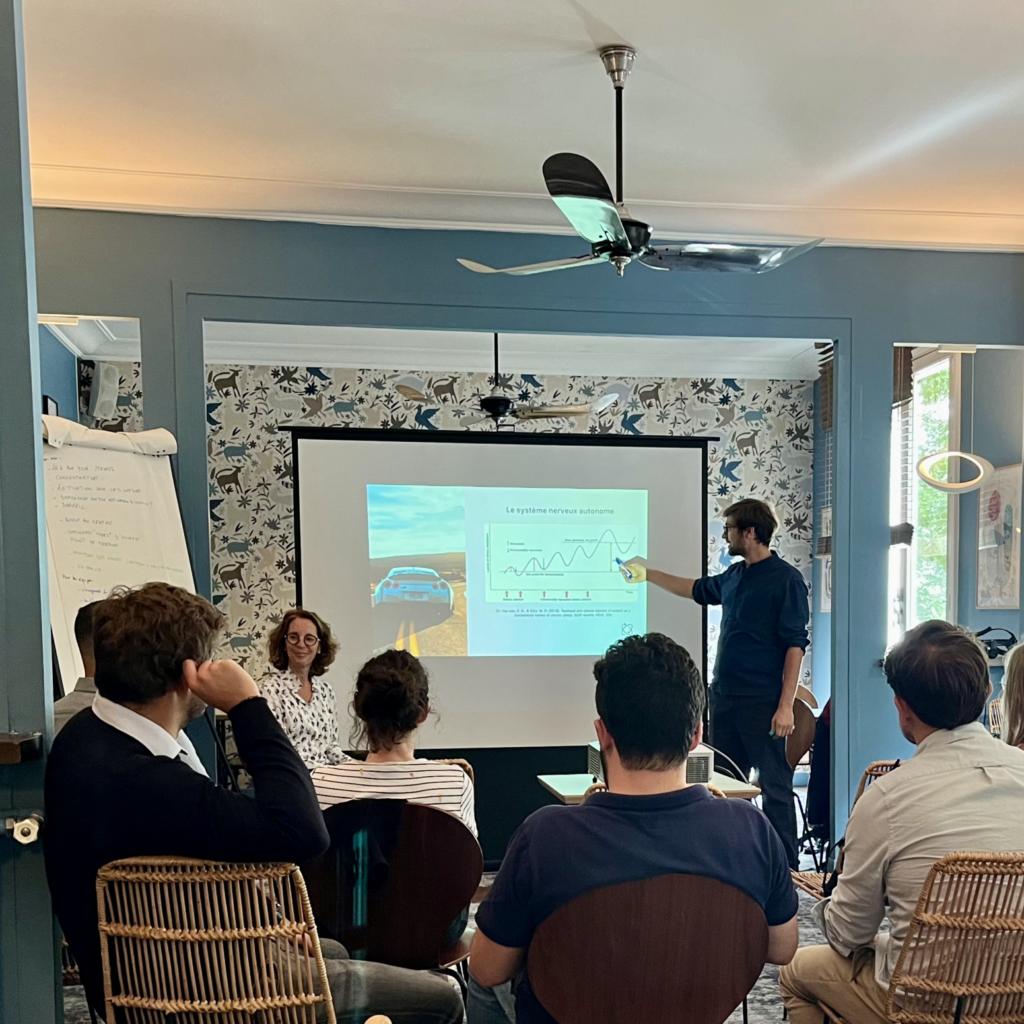
4. BOOST YOUR EMPLOYEES’ POTENTIAL FOR INNOVATION IN THE AGE OF GENERATIVE IA
For those who use AI on a day-to-day basis, it’s also obvious: the technology not only saves precious time, but also complements the sources of inspiration. All that remains to be done is to guide the machine through the famous prompts!
In any case, generative AI offers new opportunities to stimulate creativity and innovation, it has now also been proven. Nguyen et al.⁴ recommendaligning human creative abilities with the potential of generative AI to explore new ideas.
Actions for HRDs :
- Encourage the use ofgenerative AI for brainstorming.
- Invest in generative AI software licenses and organize training workshops on creativity, including case studies using generative AI.
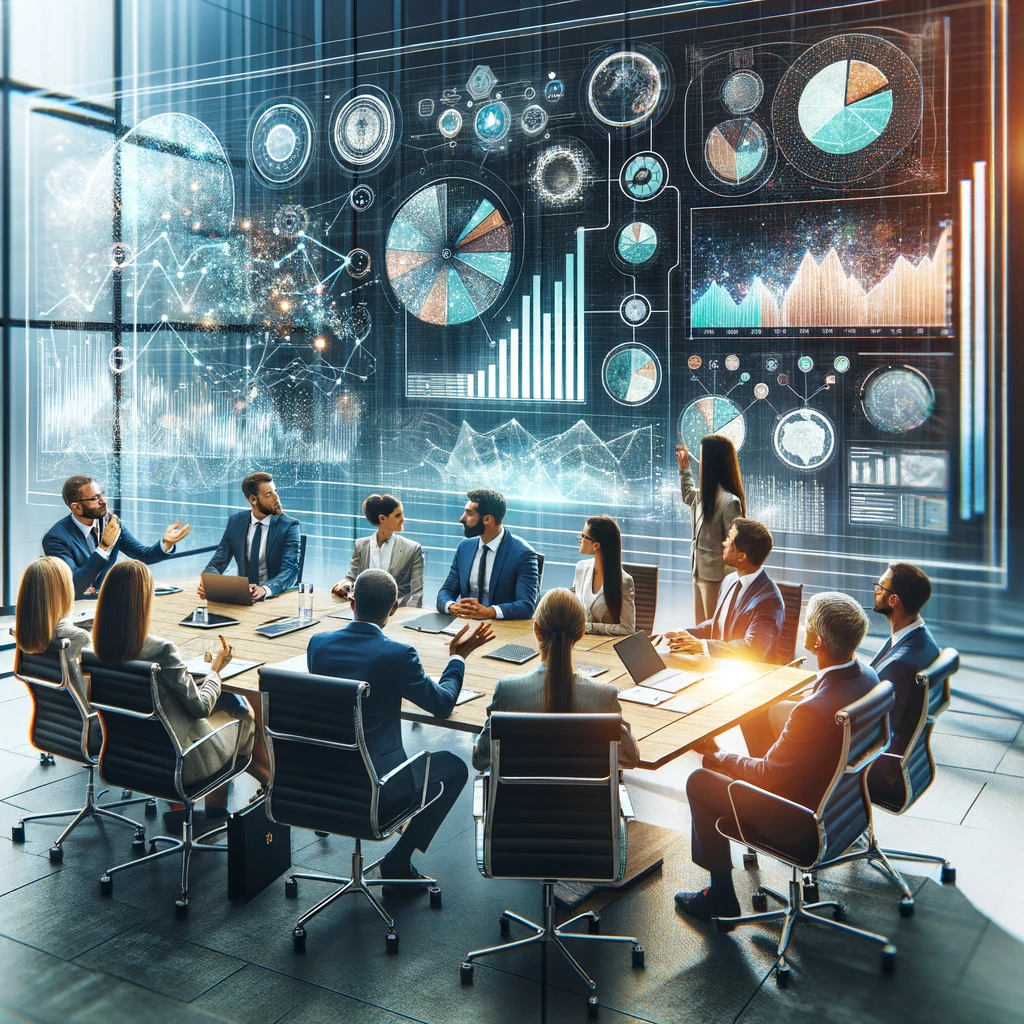
SO …
Neuroscience provides a valuable framework for understanding how AI affects our work and interactions. By taking a proactive, informed approach, HR managers can turn these insights into concrete action, preparing their organizations to thrive in the AI era.
Curious to find out how neuroscience can
help you better integrate AI into your HR strategy?
Let's meet and discuss!
¹ Hawkins, J., Liu, R., & Chen, S. (2022). “Artificial intelligence: Neuroscientific principles and approaches”. Journal of Cognitive Neuroscience, 34(2), 155-172.
² Patel, A., & Smith, B. (2023). “Overcoming AI Anxiety. NeuroLeadership Journal, 19(1), 89-104.
³ Johnson, L. (2019). “Neuroscience for Leadership”. NeuroLeadership Journal, 16(4), 210-230.
⁴ Nguyen, D., Lee, P., & Kim, S. (2022). “Neuroscience of Learning: Implications for AI Training”. Educational Psychology Review, 33(3), 575-592.
